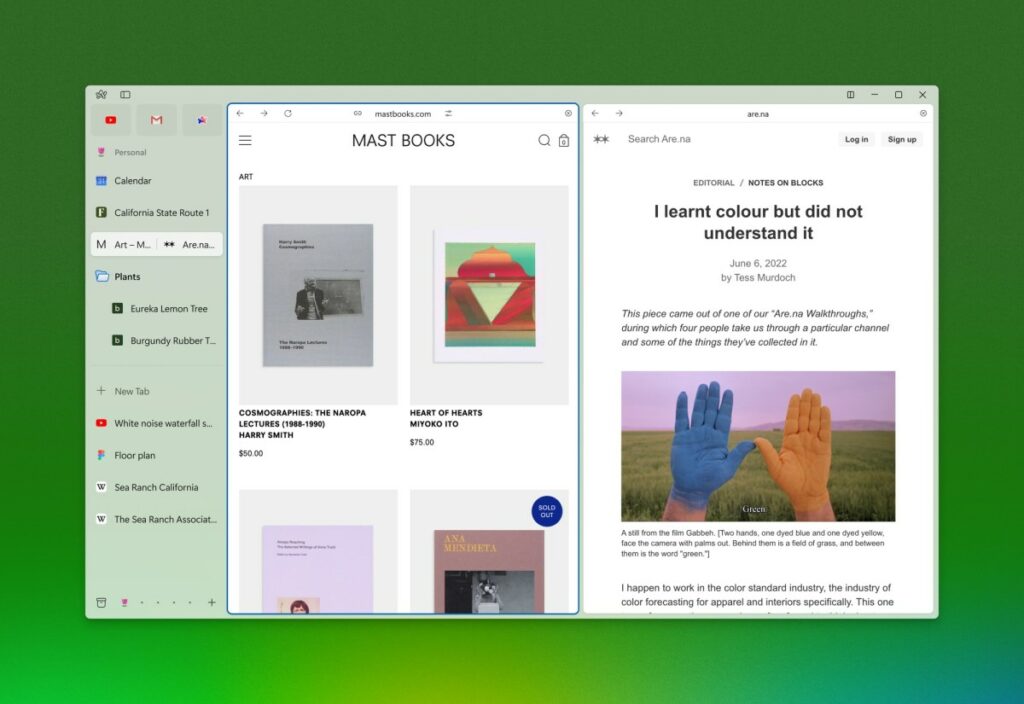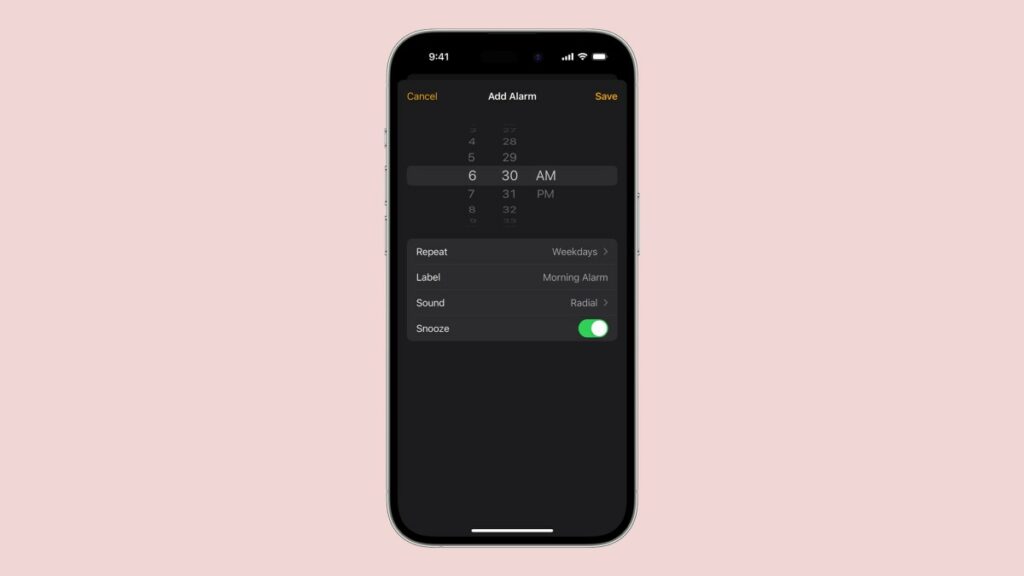Spotify CEO Daniel Ek has once again teased the company’s long-delayed HiFi or “super premium” tier, a higher-qualify subscription offering the streaming service first announced in 2021 and then failed to roll out.
In the company’s third-quarter earnings call with investors on Wednesday, the exec suggested that such a product was still on the way, while touting the company’s near-term advances in other areas, including a coming expansion of its video offerings and other products enhanced by AI.
The streamer several years ago first announced plans to roll out a more deluxe version of its Premium subscription that would include features like “CD-quality, lossless audio” and more, but licensing issues led to a delay, Ek explained in 2022.
That didn’t stop Spotify from bringing up the offering to investors in subsequent quarters. In July, for instance, Ek said Spotify was planning to introduce an upgraded version of its subscription that would cost around $17 to $18 per month, or roughly $5 more than the current Premium tier. At the time, he noted the plan would give users more control over their music in addition to better audio.
Since both Apple Music and Amazon Music have provided lossless audio streaming for years, it’s been unclear why Spotify has held back for so long on its launch. While some speculated features like AI playlists might ship with a more deluxe tier, Spotify rolled out that tool to its Premium subscribers earlier this year instead.
In more recent months, it seemed that Spotify had expanded its focus for its deluxe offering to include more than video.
Billboard reported this year that major record label UMG was working with Spotify to create a subscription tier aimed at super fans, which could include things like early access to new music. The news followed Spotify’s expanded partnership with UMG, announced in March, that would offer artists more promotional tools and improved distribution, as well as access to music videos. In addition, a UMG investor presentation noted that 20% of streaming subscribers would be willing to pay for a combination of early access to music, plus higher-qualify audio and listening party invites.
Investors on the Q3 call brought up this superfan-focused tier again, and Ek said the coming higher-priced tier would include better sound quality and, vaguely, “a bunch of other things.” He also referenced the idea that catering to superfans would be part of the subscription’s draw.
“The principle for us is always the same, which is how do we create something that consumers love, but that also delivers value back to creators. And you can go back to vinyl buyers, you can go back to all of these superfans that already exist to look for clues in what some of the things are that they value.”
Ek declined, however, to speak to what role Spotify might play concerning music labels’ own efforts around “superfan” apps, saying only that if those apps generated great consumer appeal, Spotify would be “happy to look at ways to contribute to that growth.”
On the call, Ek also promoted the company’s creator-focused event this week in L.A. which will include announcements about its expansion of video on the platform. At the event, Spotify will introduce its efforts aimed at helping creators who want to be on more platforms gain access to Spotify’s audience as well as incentivize others to bring their full breadth of offerings over to Spotify. This is likely tied to a fall Bloomberg report which said Spotify was courting video creators with seven-figure deals to bring their content to Spotify.
In response to questions about AI, Ek touted the success of Spotify’s AI DJ feature which, alongside video, had been a standout initiative driving engagement that grew beyond just small, individual cohorts as many of its product launches do. Still, he cautioned that Spotify’s investment in AI would be disciplined, and used to drive engagement or increase retention, rather than simply being “reckless spending.”
The company’s shares rose more than 10% on Wednesday morning after the company announced it had added slightly more subscribers than expected in the quarter and presented bullish forecasts for Q4. Monthly users topped 640 million, and the company reported operating income of €454 million on revenue of €4 billion, up 19% from the year-ago quarter.


